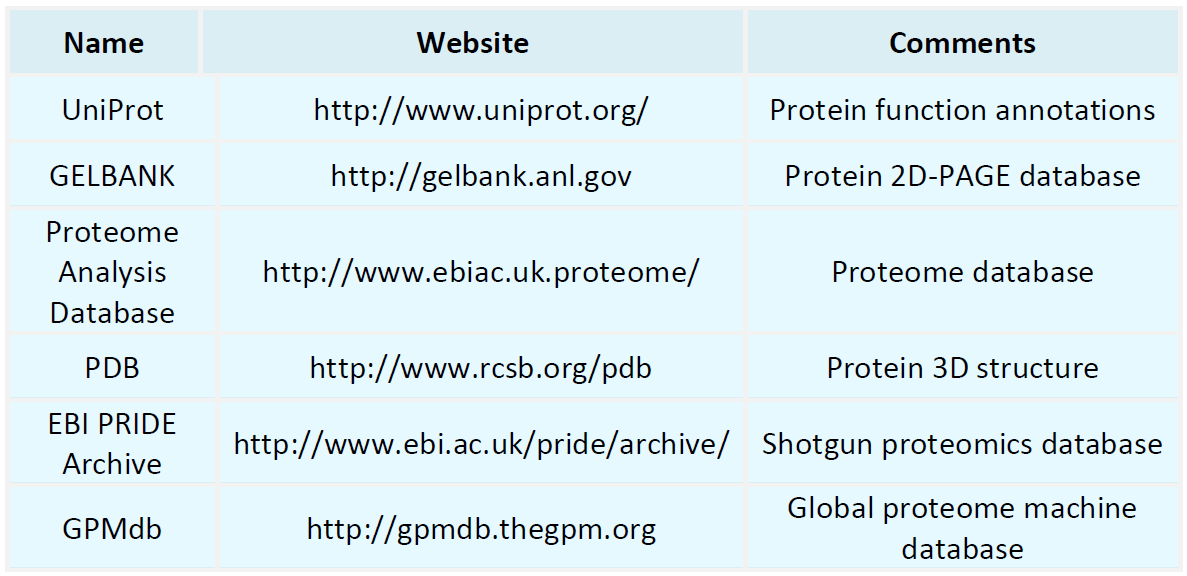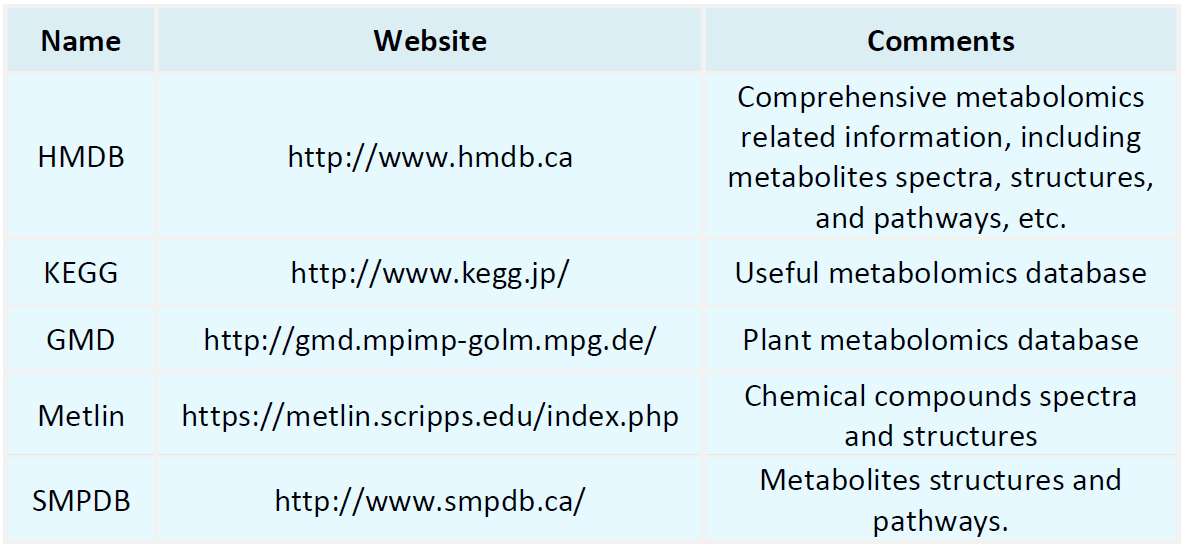Resources
Proteomics Databases

Metabolomics Databases

-
• PRM and MRM in Targeted Proteomics: Advantages and Limitations
Targeted proteomics, recognized for its high quantitative accuracy and reproducibility, has emerged as a pivotal approach in biomarker validation, translational clinical research, and the investigation of drug mechanisms. At present, two primary mass spectrometry-based targeted strategies—Multiple Reaction Monitoring (MRM) and Parallel Reaction Monitoring (PRM)—have demonstrated distinct technical characteristics and application-specific strengths. This article provides an in-depth comparison of PRM and....
-
• Immunogenicity Testing of Therapeutic Proteins
Immunogenicity Testing of Therapeutic Proteins involves the assessment of the likelihood and extent to which exogenous proteins—such as recombinant proteins, monoclonal antibodies, and fusion proteins—elicit immune responses in the human body, using a combination of biological, immunological, and molecular techniques. With advances in biopharmaceutical technology, therapeutic proteins have become integral to the treatment of cancers, autoimmune diseases, metabolic disorders, and other conditions.
-
Antibody-based proteomics is an analytical approach that employs highly specific antibodies to investigate and characterize the proteome. Antibodies, which are immunoglobulins capable of selectively binding to antigens, serve as critical tools in this methodology. Beyond protein identification and quantification, antibody-based proteomics enables in-depth analysis of protein structure, localization, and functional dynamics within cells, providing insights into cellular mechanisms of action. For instance....
-
• Stable Isotope Labeling by Amino Acids in Cell Culture
Stable Isotope Labeling by Amino Acids in Cell Culture is a quantitative proteomics technique that leverages the metabolic incorporation of isotope-labeled amino acids into newly synthesized proteins. In this method, stable isotope-labeled amino acids such as [^13C_6]-lysine or [^13C_6^15N_4]-arginine are added to the cell culture medium. As cells proliferate, these labeled amino acids are incorporated into proteins through normal metabolic processes, resulting in distinguishable “light” and “heavy” .......
-
APEX Proteomics (APEX-Engineered Ascorbate Peroxidase) enables in situ protein labeling, subcellular localization, and interaction profiling within living cells by harnessing the high catalytic efficiency of engineered ascorbate peroxidase (APEX). This approach allows researchers to accurately map the spatial distribution, dynamic behavior, and interaction networks of proteins under physiological conditions. Through catalysis of hydrogen peroxide reactions inside cells, APEX rapidly activates.........
-
• Proteomics in Bioinformatics
Proteomics in bioinformatics is an interdisciplinary field that employs computational approaches and information technologies to collect, analyze, integrate, and interpret large-scale datasets generated from proteomics experiments. Proteomics focuses on the comprehensive profiling of proteins expressed in an organism, cell, or tissue at a specific time point. Core research areas include protein identification, quantification, structural and functional prediction, and the analysis of protein-protein.........
-
• False Discovery Rate Proteomics
False Discovery Rate Proteomics refers to the proportion of incorrectly identified proteins among all identifications that are deemed statistically significant during protein identification, typically performed using mass spectrometry. As a statistical measure, False Discovery Rate Proteomics is used to assess the reliability of protein identification results and aims to mitigate the impact of false positives on scientific conclusions. Given the vast amount of data and the intrinsic noise associated with...
-
• Methods for C-Terminal Sequence Analysis in the Proteomic Era
With the advancement of proteomics, the analysis of C-terminal sequences has become increasingly critical. The C-terminus plays a pivotal role in determining protein function, stability, subcellular localization, and interactions, and is frequently regulated by post-translational modifications (PTMs) or specific proteolytic cleavage. However, C-terminal sequencing poses greater technical challenges compared to N-terminal sequencing, primarily due to the absence of a stepwise chemical degradation approach...
-
Data-Dependent Acquisition (DDA) is one of the most established and widely adopted data acquisition strategies in proteomics mass spectrometry analysis. In this approach, a full scan (MS1) of all ions present in the sample is first performed, followed by the selection of several precursor ions with the highest intensities for fragmentation scanning (MS2), enabling the derivation of their peptide sequence information for subsequent protein identification and quantification. Data-Dependent Acquisition .......
-
• Edman Sequencing: Principles, Methods, and Key Technologies
Edman degradation is a classical method for sequencing the N-terminus of proteins and is widely utilized in the analysis of primary protein structure. Although mass spectrometry has become the dominant technology in proteomics in recent years, Edman degradation retains unique advantages for the precise determination of N-terminal amino acid sequences. This paper introduces the basic principles and experimental methods of Edman degradation and discusses key strategies for its optimization.
How to order?







